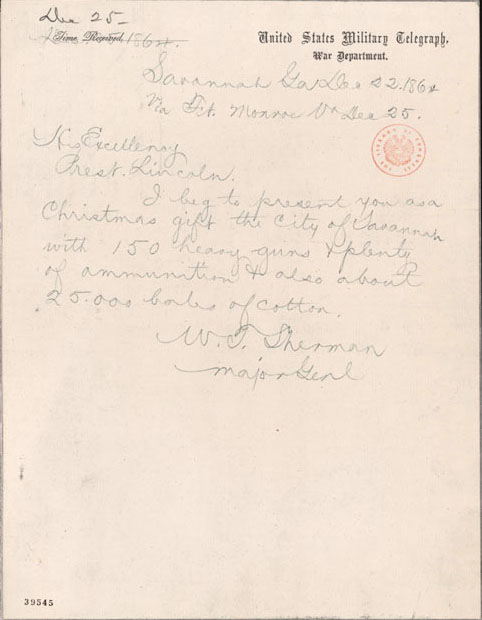The Internet is a wonderful place. I’ve wondered, on several occasions, which general finished in what ranking at West Point. Turns out, General George Washington Cullum kept a list, and a hundred and some years later, Bill Thayer put it on the web. With short biographies accompanying the name of each graduate, this is a terrific resource for anyone interested in West Point history.
Cullums Register is an index to all the graduates of the Military Academy at West Point, in sequential order, class by class, and within each class, in the final order of merit they achieved as cadets — or at least from 1818 to 1978, when the Register dropped the order of merit. Each entry consists of a complete summary of the graduates official military career, and any synopsis of his civilian achievements that the editors managed to assemble. The overall numerical order of the entry of a graduate has come to be called his “Cullum number”, and commonly serves as an identifier.
The Register was first conceived by Gen. George Washington Cullum Class of 1833, ranking 3d in his Class; Superintendent of the Academy in 1864‑1866; his own Cullum number is 709. He started with a sort of draft version in 1850, then published it in its final form in a third edition, in three volumes, in 1891.
via Cullums Register.

